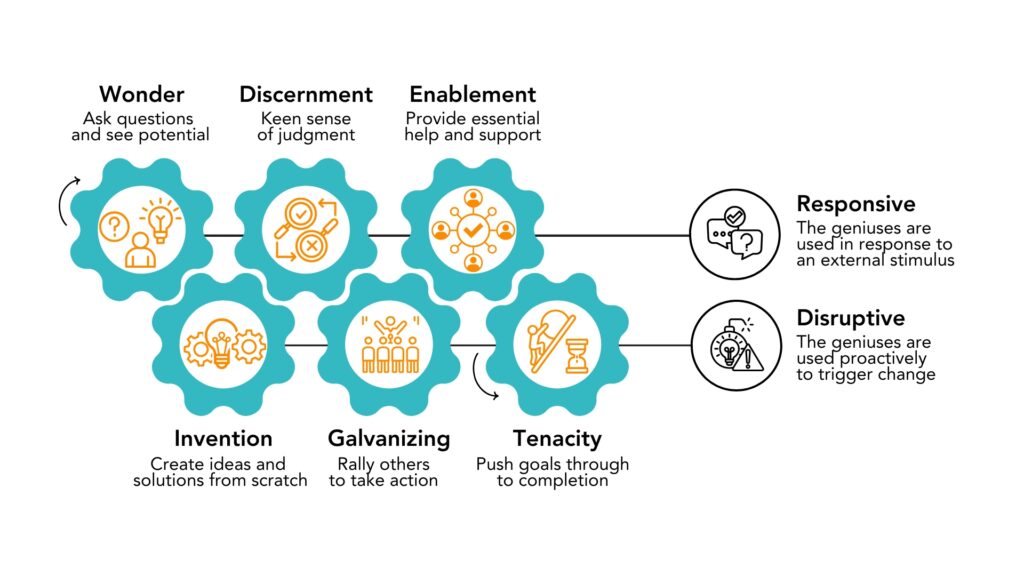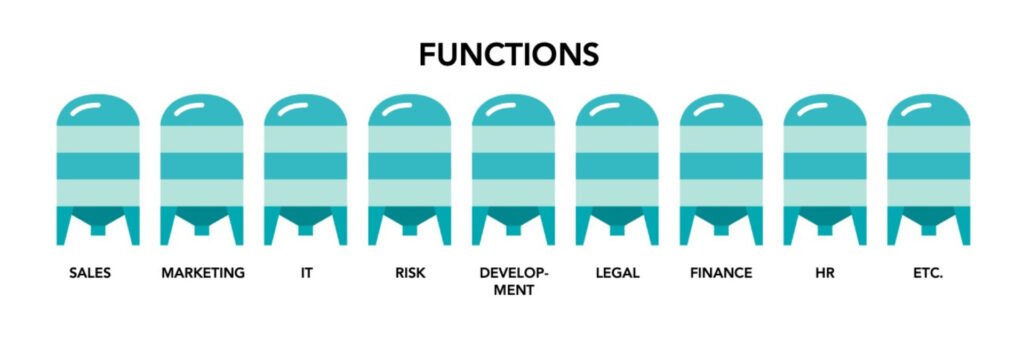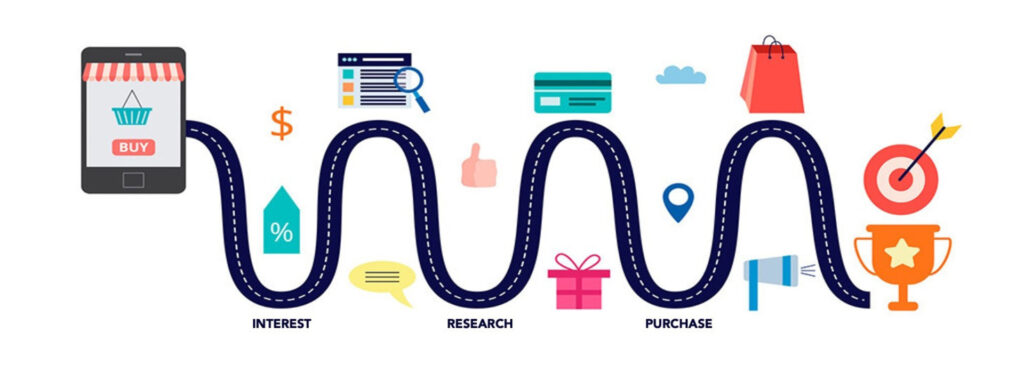The connection between happiness and performance
Studies consistently show that engaged employees deliver better results. Gallup’s research found that highly engaged teams are 21% more productive and 22% more profitable. A crucial factor in engagement is job fit, having people in roles where they naturally excel and feel fulfilled.
Jim Collins, author of “Good to great” and “Build to last”, emphasizes that businesses succeed when they get the right people on the bus and in the right seats. This means ensuring that employees are not only in the right company but also in roles where their talents are best utilized. When employees operate in their zones of strength, they are happier and more productive. What’s interesting is that what drives energy is not always what you are competent in as shown by Patrick Lencioni’s Working Genius model.
The working genius model
Patrick Lencioni’s Working Genius model states that everyone has natural, God-given talents when it comes to work. There are six different types of talents, or geniuses.

- Wonder (W) – Identifies big questions and possibilities.
- Invention (I) – Creates new ideas and solutions.
- Discernment (D) – Evaluates ideas to ensure feasibility.
- Galvanizing (G) – Rallies people around an idea.
- Enablement (E) – Supports and facilitates execution.
- Tenacity (T) – Ensures completion and results.
Each of us has two areas that are considered our true geniuses or gifts. These are the activities that give us joy, energy, and passion. We call these our areas of Working Genius.
Each of us has two areas that are considered our true geniuses or gifts. These are the activities that give us joy, energy, and passion. We call these our areas of Working Genius.
Two of the six types are what we call our Working Frustrations, activities that rob us of joy and energy. Most of us aren’t very skilled in these areas.
The final two are what we refer to as Working Competencies, activities that neither feed nor drain us and which we can do fairly well for a limited period of time.
Patrick Lencioni’s Working Genius model categorizes work styles into six areas in a WIDGET that is better than other models you may have used (such as DISC or similar).
The 6 working genius model separates in many ways as superior compared to other models you might have used (such as DISC or similar). Here are two of the more important reasons why this model is superior:
- Each genius is required for accomplishing any kind of impact delivery. This means every team must have at least one of each of the six geniuses represented. No other model is impact oriented.
- It helps people understand why they love some work and dread other work.
By understanding employees’ working geniuses, working competencies and working frustrations, leaders can build better teams that can deliver impact at the same time as reducing burnout and increasing job satisfaction. This alignment creates high-performing, happy teams that moves aways from task completion to impact delivery.
“If you want to be successful and fulfilled in your work, you must tap into your gifts. That can’t happen if you don’t know what those gifts are.”
– Patrick Lencioni, American author of The 6 types of working genius
Are you aware of your own and your people’s working geniuses?
Impact-driven teams, structured around all working geniuses in a WIDGET (wonder, invention, discernment, galvanizing, enablement, and tenacity), focus on outcomes rather than mere activity. These teams are more accountable, take ownership, and can drive meaningful impact. By aligning work with employees’ natural strengths, companies can foster innovation, improve learning cycles, and build a high-performance culture.
The point is to maximize workers’ strengths
and minimize frustration to deliver great customer experience.
Great customer experience also requires cross-functional organizations and cross-functional genius teams. How you organize affects your customer experience.
It is clear that traditional organizations are structured around functions as shown in the picture below (Marketing, Sales, IT, HR etc), however customers don’t experience a company in silos.

Customers experience it as a journey, from awareness to purchase and loyalty etc as the picture below shows.

Stop delivering tasks, start delivering customer impact
Cross-functional genius teams can unlike functional teams deliver meaningful outcomes. They can deliver impact.
“Success is not delivering a feature;
it is learning how to solve the customer problem.”
– Eric Ries, Author of The Lean Start-up
Assembling cross-functional genius teams means leaders can delegate impact delivery rather than task-driven deliveries. Impact teams will:
- Focus on results, not just activity
- Foster accountability and ownership
- Encourage innovation and adaptability
- Learn and improve rapidly
How well does your team focus on impact rather than just tasks?
Are your teams learning and improving fast?
Teams structured this way deliver greater value to organizations while fostering an environment where employees feel purposeful and engaged. They have greater fun at work and perform better.
A sign of effective leadership are happy employees.
Are you having fun at work?
When I first heard about the 6 types of working genius, it was as if someone had given me the answer to why I loved my job some days and despised it other days. As an entrepreneur and leader, I had fallen into the trap of feeling the expectation of me having to be good at everything when the truth is that I am at best mediocre or not good at all at most things. But like everyone else, I also have areas I’m good at, even if they are fewer than the ones I’m not so good at. Some people might say that I am an expert at certain areas, although I would say that I am at my best together with others who compliment me. I believe in the synergy of collaboration, that everyone is better together! However, synergies cannot be created everywhere between all people. On the contrary! The best synergies are not created in functional teams where people are much the same. They are created in cross-functional teams where every worker uses their working genius and minimises their working frustrations.
When I use my working geniuses, I have fun at work and when my colleagues use theirs, we can create magic together. Now I’m excited to share with you how you can make sure you and all your employees can do the same and help you create fantastic places to work where employees are happy and perform better.
Up to 80% of adults see work as something to be endured, not enjoyed. However, studies show that happy employees perform better. Happy workers are 13% more productive, according to an Oxford University study. Another study shows that transformational leadership is significantly influenced by the extent to which leaders experience pleasantness at work. Research proves you are more content when you use your working genius, work that brings you joy and energy.
“Finding happiness and fulfilment at work is easier when you’re doing more of what you’re good at and less of what frustrates you.“
– Patrick Lencioni, American author of The 6 types of working genius
Studies also show that people want to feel valued at work and beyond. Matching interests and occupation are therefore a crucial factor affecting job satisfaction. Doing things where we naturally have talents brings us higher joy and energy.
Leaders who care about happy employees will get higher performing teams!
How leaders leverage this
Leaders that leverage this information build cross-functional genius teams that have a clear role in relation to the customer journey (external or internal) they serve. They organize their organizations around customer journeys instead of functions and build teams that can deliver impact not just tasks.
As a result, these leaders not only experience the positive energy from leveraging their own working genius, they also experience synergies from being part of an organisation that can deliver customer impact both on a team level and at larger scale.
Leaders leveraging this knowledge have a huge advantage in times of disruptions. They can enhance the experience for the customers delivering better products and services with higher quality and increased speed and as a result they get loyal customers that speak well of their products and services to friends and family. Creating natural growth and profitability.
Creating happy workplaces is truly a game changer for your business results and should therefore be a top priority for any leader.
Key takeaways
Happy and engaged employees are more productive, innovative, and committed to their work. By aligning employees with roles that leverage their natural strengths, using models like Patrick Lencioni’s Working Genius, leaders can build cross-functional genius teams that drive real impact. Unlike function-based teams, these teams focus on delivering customer value, fostering accountability, and improving business outcomes. Companies that prioritize employee happiness and structure their cross-functional genius teams around customer journeys, rather than internal silos, gain a competitive edge, enhance customer satisfaction, and achieve sustainable success.
Leaders who apply this model can build a workplace where employees thrive, teams succeed, and businesses achieve sustainable growth.
Do you want to learn how to build cross-functional genius teams?


